Small Character Models Match Large Word Models for Autocomplete Under Memory Constraints
SmallCharacterModelsMatchLargeWordModelsforAutocompleteUnderMemoryConstraintsGaneshJawahar♣∗,SubhabrataMukherjee♠,DebadeeptaDey♠,MuhammadAbdul-Mageed♣♢,LaksV.S.Lakshmanan♣,CaioCesarTeodoroMendes♠,GustavoHenriquedeRosa♠,ShitalShah♠♣UniversityofBritishColumbia,♠Microsoft♢MBZUAIganeshjwhr@gmail.com,{la...
相关推荐
-
2021 年全国硕士研究生入学统一考试英语(一)试题及参考答案VIP免费
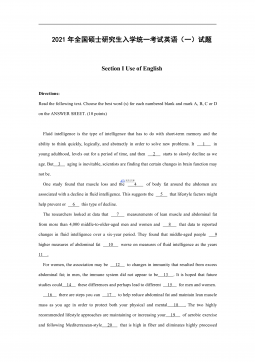
 2024-12-02 2
2024-12-02 2 -
2016年一级注册消防工程师消防安全案例分析VIP免费
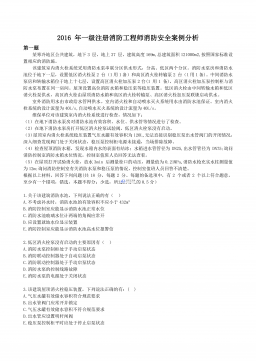
 2024-12-03 6
2024-12-03 6 -
2017年注册消防工程师案例分析真题解析VIP免费
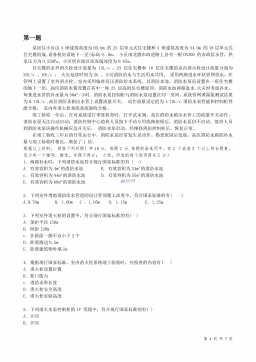
 2024-12-03 3
2024-12-03 3 -
2015年注册消防工程师案例真题解析VIP免费
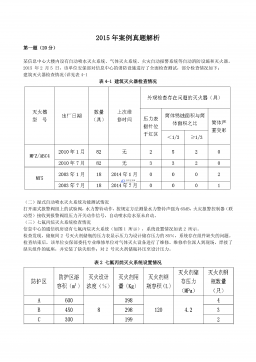
 2024-12-03 31
2024-12-03 31 -
2019年注册消防工程师案例分析真题解析VIP免费
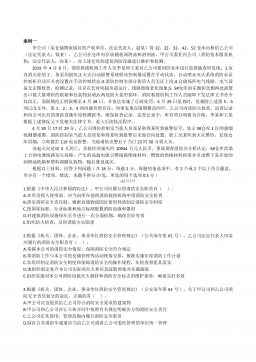
 2024-12-03 32
2024-12-03 32 -
消防综合能力真题按章节版(2015-2019年)VIP免费
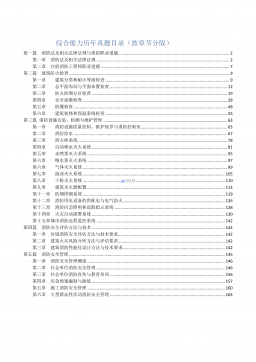
 2024-12-03 14
2024-12-03 14 -
消防技术实务真题按章节版(2015-2019)VIP免费
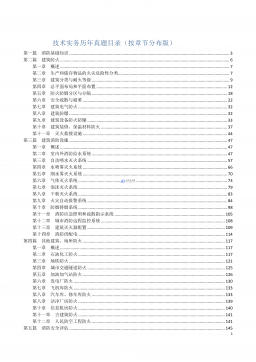
 2024-12-03 13
2024-12-03 13 -
2018年注册消防工程师案例分析真题解析VIP免费
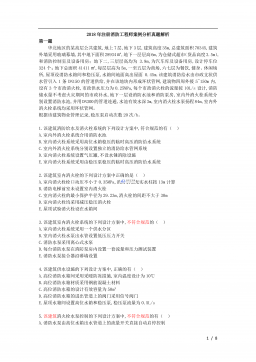
 2024-12-03 19
2024-12-03 19 -
2006年中央、国家机关公务员录用考试行政职业能力测试真题及答案解析(A类)【完整+答案+解析】VIP免费

 2024-12-13 106
2024-12-13 106 -
2008年0706河南公务员考试《行测》真题VIP免费

 2025-02-25 4
2025-02-25 4
作者详情
-
VP-STO Via-point-based Stochastic Trajectory Optimization for Reactive Robot Behavior Julius Jankowski12 Lara Bruderm uller3 Nick Hawes3and Sylvain Calinon1210 玖币0人下载

-
WA VEFIT AN ITERATIVE AND NON-AUTOREGRESSIVE NEURAL VOCODER BASED ON FIXED-POINT ITERATION Yuma Koizumi1 Kohei Yatabe2 Heiga Zen1 Michiel Bacchiani110 玖币0人下载

相关内容
-
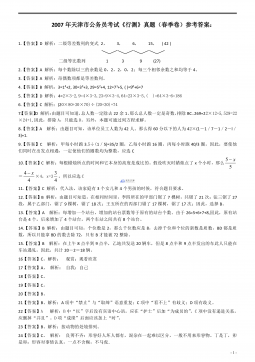
2007年天津市公务员考试《行测》真题(春季卷)答案及解析
分类:
时间:2025-02-07
标签:无
格式:PDF
价格:5.9 玖币
-
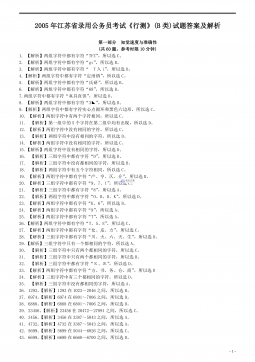
2005年江苏省公务员考试《行测》真题(B类卷)答案及解析
分类:
时间:2025-02-07
标签:无
格式:PDF
价格:5.9 玖币
-

2010年广东公务员考试《行测》真题(部分题目缺失)
分类:
时间:2025-02-25
标签:无
格式:PDF
价格:5.9 玖币
-

2010年北京公务员考试《行测》真题
分类:
时间:2025-02-25
标签:无
格式:PDF
价格:5.9 玖币
-

2008年0706河南公务员考试《行测》真题
分类:
时间:2025-02-25
标签:无
格式:PDF
价格:5.9 玖币


 渝公网安备50010702506394
渝公网安备50010702506394
